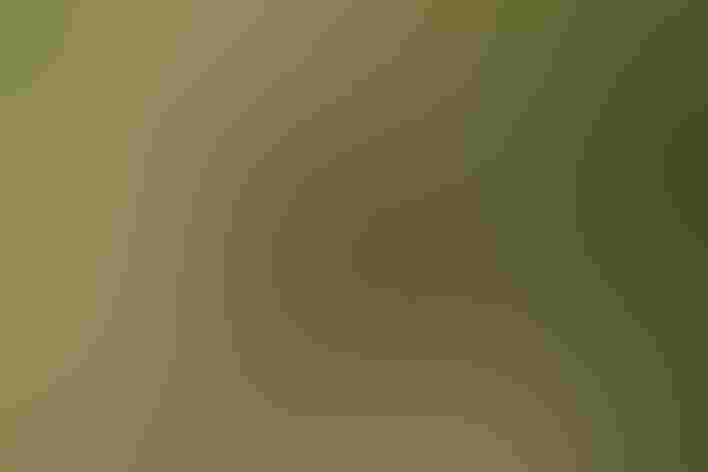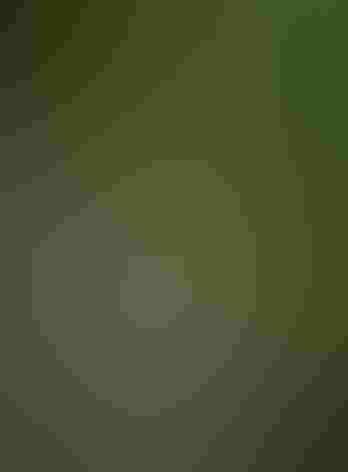Common Black Hawk
At a Glance
In the arid southwest, this hawk is limited to the edges of flowing streams. A bulky bird, with very broad wings, short tail, and long legs, it usually hunts low along streams, even wading in the water at times, catching fish, frogs, and other small creatures. Although it seems sluggish, it is wary, calling loudly in alarm if people approach the nest. Common Black Hawks have abandoned some former nesting areas because of too much human disturbance.
All bird guide text and rangemaps adapted from by Kenn Kaufman漏 1996, used by permission of Houghton Mifflin Harcourt Publishing Company. All rights reserved.
Category
Hawk-like Birds, Hawks and Eagles
IUCN Status
Least Concern
Habitat
Arroyos and Canyons, Forests and Woodlands, Lakes, Ponds, and Rivers
Region
Southwest, Texas
Behavior
Direct Flight, Soaring
Population
2.000.000
Range & Identification
Migration & Range Maps
Non-migratory in most of range, but only a summer visitor in United States, where it arrives mostly in March, departs mostly in September and October.
Description
20-23" (51-58 cm). Bulky, with very broad wings, short tail. Note long yellow legs, single obvious white tail-band. Zone-tailed Hawk (more tail-bands) has strikingly different shape, especially in flight. Juvenile Common Black Hawk is brown and buff, with patterned face, many narrow tail-bands; may not look as short-tailed as adult.
Size
About the size of a Mallard or Herring Gull
Color
Black, Brown, White, Yellow
Wing Shape
Broad, Fingered
Tail Shape
Rounded, Square-tipped
Songs and Calls
Shrill whistled screams.
Call Pattern
Rising, Simple
Call Type
Scream, Whistle
Habitat
Wooded streams. Almost always found near water. In United States, breeds in tall trees (especially cottonwoods) along streams with more or less permanent water flow and with relative lack of human disturbance. In tropics found in wider range of habitats, including lowland rain forest, mountain rivers, coastal mangrove swamps.
Sign up for 探花精选's newsletter to learn more about birds like the Common Black Hawk
Behavior
Eggs
1-2, sometimes 3. White to greenish-white, blotched with brown and lavender. Incubation is by both parents, with female incubating at night and much of day.
Young
Female remains at nest almost constantly for first 2 weeks after eggs hatch, and for much of time thereafter. Male hunts and brings food to nest, female feeds it to young. Young leave nest after about 6-7 weeks, move to nearby trees; can fly well at about 10 weeks; adults continue feeding them for a further 5-6 weeks.
Feeding Behavior
Hunts mostly by watching from low perch, then gliding down to catch prey in talons. Sometimes hunts actively along streams by moving from rock to rock at water's edge, and sometimes wades in shallow water, stirring up prey.
Diet
Includes fish, frogs, lizards. Feeds on a wide variety of small creatures, but especially those found in water. In United States, eats mostly fish, frogs, tadpoles, and lizards, plus some small birds, snakes, rodents, insects. In tropics, diet may include many crayfish, crabs, large insects. B
Nesting
In courtship, pairs soar and dive, calling, with long legs dangling. Near nest site, male may feed female. Nest: In United States, site is in tree in grove along stream, usually in cottonwood or sycamore. Site usually 30-90' above ground. Nest is bulky platform of sticks, lined with green leaves; male brings much material, female adds it to nest.
Climate Vulnerability
Conservation Status
Possibly as many as 250 pairs in United States; vulnerable to disturbance and to loss of habitat.







